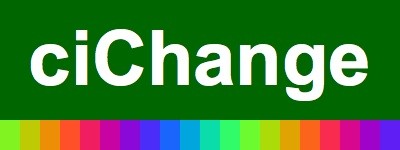I have noticed that some people won’t venture toward new
goals unless the path is clear for them whilst others relish the challenge of
creating the path for others to follow. What must Change Leaders do to stop the
paralysis of the former who are reluctant to start their journey unless they can
see their destination straight in front of them?
I have learned that if you give someone 52 things to do
they will sit in awe of them and do nothing. However if you give the same
person one thing to do each week, and be damn sure that they must do it then
quickly you gather momentum because there are far fewer reasons for not doing
one thing than there are for not progressing 52.
It does sometimes surprise me that people can’t take 52
things and break them into bite-size pieces for themselves but instead rely upon
leaders to create the path and managers to lead them down it, but I guess that’s
why we have personal trainers, directions on food packets and all sorts of
other things to prompt and guide us through the maze of information and
possibilities that confuse and distract us.
I once thought that giving some templates and guidance
was like giving a map and compass and would give people the skills,
confidence and ability to set their own path, but I suspect that not everyone
likes to be a self-reliant back-packer. Some prefer the five-star comfort of
knowing that everything has been done for them and the only thing that they
need to consider is what happens next.
The challenge of leadership therefore is to recognize
these two very different travelers and give each a role that fits their talents
and ensures their progress toward their new destination. If you can blaze a trail and create innovation and creativity, whilst also setting a path for others to easily follow then you are probably on the right track to be a Change Leader.
Tim Rogers
Founder ciChange
timrogers@ciChange.org
http://www.linkedin.com/groups/CI-Change-4301853
ciChange seminar and networking events for 2013 sponsored
by Total Solutions Group http://www.tsgi.co/






